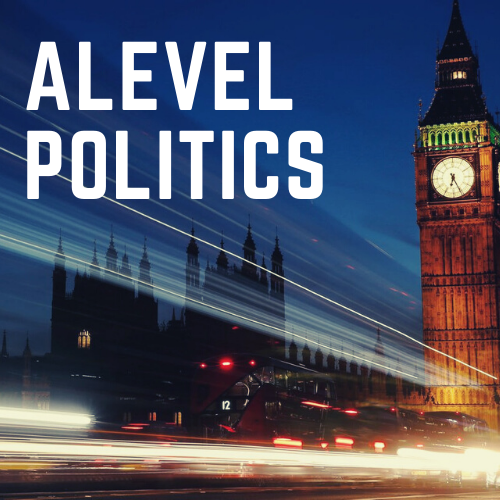Economic indicators #2: Inflation
Definition: Inflation is the rate of change of prices for goods and services annually. It influences the interest rate on savings, mortgages and also affects the level of state pensions and benefits. It is measured in two ways :Consumer Price Index (CPI) – all goods and services including housing costs.Retail Price Index (RPIX) - excluding housing costCPI is an internationally used measure and is the main target figure used by government. It is normally Lower than RPIXE.g In march 2011 CPI = 4%.....RPIX = 5.4%The CPI is normally used for index linked payments, notably Pensions.Issues :
- It is often said that the RPIX is a more relevant measure for most households. Therefore it is claimed that inflation is effectively understated.
- CPI is used for indexing and had been for several years. This was controversial because pensions, for example, used to be raised annually by the rate of RPIX.
- Inflation generally affects different sections of the community differently. E.g those currently without a mortgage but who spend a high proportion of their income on food (low incomes, non-homeowners) suffer high food inflation without the benefit of low mortgage costs.
- To some extent inflation measures say as much about what happened a year ago rather than what is happening now. This is because they compare today’s prices with the same prices a year ago. (think about VAT, petrol prices etc.)
- When inflation is high, workers and groups with low bargaining power cannot keep their income up with inflation. However, inflation has been relatively low for many years.
- The Monetary Policy Committee is charged with keeping inflation down to 2% but actually has no control over import prices, exchange rates, oil prices etc.
- Currently government wants low interest rates because it needs to borrow money and to keep mortgages down, but this causes inflation because it makes imports more expensive.
- Government wants to keep wage increases down, notably in the public sector (to keep public expenditure down). It therefore has a great interest in low inflation.
